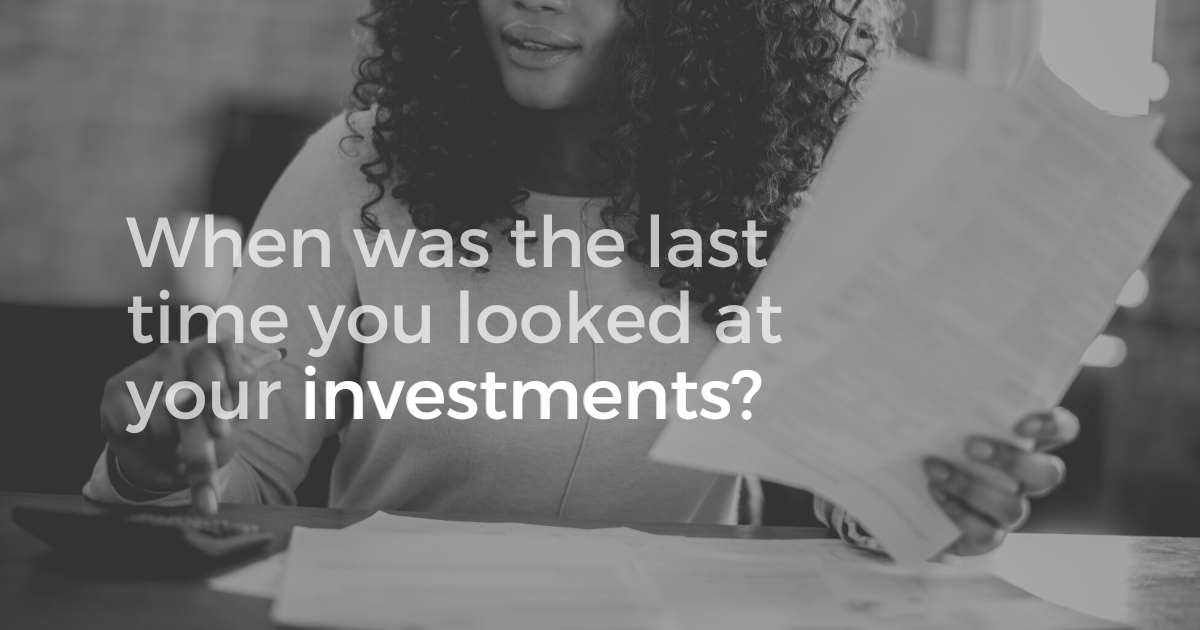Aussies are living longer than ever before, with men expected to live until age 80 and women until age 85. However, an increased life expectancy also means Australians may spend longer in retirement than previous generations, and in turn, need more money to fund retirement during those extra years. When you’re retired and no longer earning money, it can be difficult to know how much you can afford to spend and what you need to preserve for the future, without the fallback of a regular retirement income. You may also have added pressures in the mix, such as paying off debt, healthcare costs, and dependants in the form of kids or elderly parents. Striking the right balance between enjoying your retirement and having enough to live on can be tough. However, you don’t have to go without – you may just need to consider your budget a bit differently. If you’re planning your retirement , here are some money management tips that may help you get off on the right foot. Look into having a U-shaped budget Rather than a linear budget, where your expenses remain the same year after year, it may be worth considering a ‘U-shaped’ budget in your retirement. This is where your spending over the period of your retirement resembles a ‘U’, with the highest expenses in the first years of retirement and your later retirement years. When you first retire, your spending will most likely be higher as you take that trip of a lifetime, splash out on that caravan or boat, or pay off your home loan (or all of the above) and engage in an active, and possibly more expensive, social life. Your spending is then likely to settle into a more regular pattern in mid-retirement, before increasing again in your later years when greater healthcare costs and aged care expenses come into the mix. Tips for paying off debt in retirement Carrying debt into retirement isn’t ideal, but it’s a reality for many of us. If you find yourself owing money on your credit card, a personal loan or home loan once retired, there are things you could look into to help manage your repayments and minimise the amount of interest you pay. Consolidating your debts by bringing them together into one loan could mean you pay less in interest, fees and charges. You could also contact your providers to try to renegotiate your repayment terms. How much super should I have, and can I use this to pay off debt? Some Australians withdraw their superannuation as a lump sum once they reach their super preservation age and use it to clear their debts, to avoid having any repayments and interest during retirement. If you’re considering this, think about whether you’ll still have enough to live on in retirement, and the tax implications of doing this. In this case, it’s a good idea to speak with a financial adviser to weigh up your options. Consider where you can save money Although you may not have a steady income like before, it’s still possible to save money so you have more to spend on what’s important to you during your retirement. You can do this by leveraging some of the government’s benefits and subsidies, or by reducing your expenses. Here are a few ideas to get started: Consider selling your second car (if you have one), and take advantage of public transport concessions available to seniors instead. You may be able to save on car registration, insurance and maintenance costs, plus you’ll be doing a bit for the environment. Take a look at government websites to learn about benefits and payments you may be able to access, such as pensions, allowances, bonuses, concession cards, supplements and other services. Consider bundling your phone and broadband to save on technology bills, and your electricity and gas to save on energy costs. Compare providers’ rates through comparison websites and ask if they offer a seniors discount. Think about ideas to entertain more at home instead of going out, such as dinner parties, game nights or movie nights. It also may be handy to subscribe for newsletters to your favourite restaurants and shops, or invest in a coupon book like the Entertainment Book, so you can take advantage of any offers and special deals when you do go out. It may be worth putting your bills onto direct debit rather than paying them month by month. This way, you may be eligible to qualify for the pay on time discounts and avoid late fees if you forget a payment. Groceries are a necessary expense, but it’s possible to save money here as well. Consider researching online for sales ahead of time, buying seasonally for fruits and veg, or buying in bulk and sharing with family or friends. Tips if you’re helping your family financially If you’re part of the ‘sandwich generation’, with elderly parents who are dependent on you and adult kids who are still at home or continue to need a bit of financial assistance, it’s still possible to have a good quality of life in retirement. In order to do so, it’s all about finding balance. It’s important not to lose sight of your own goals during retirement, while still helping the ones you love. You may consider having some conversations with your children on the limits of what you can provide, and spend more time to help them understand the benefits of financial independence: for example, instead of financial assistance, perhaps you can help them with some invaluable financial education. Tips if you’re estate planning Estate planning is also an important part of your financial planning in retirement. Estate planning goes beyond just making a will. It can also be valuable to think about who your super beneficiaries are, and how you want to be looked after (both medically and financially) if you can’t make your own decisions later in life. If you get your estate in order during the early years of … Read more










